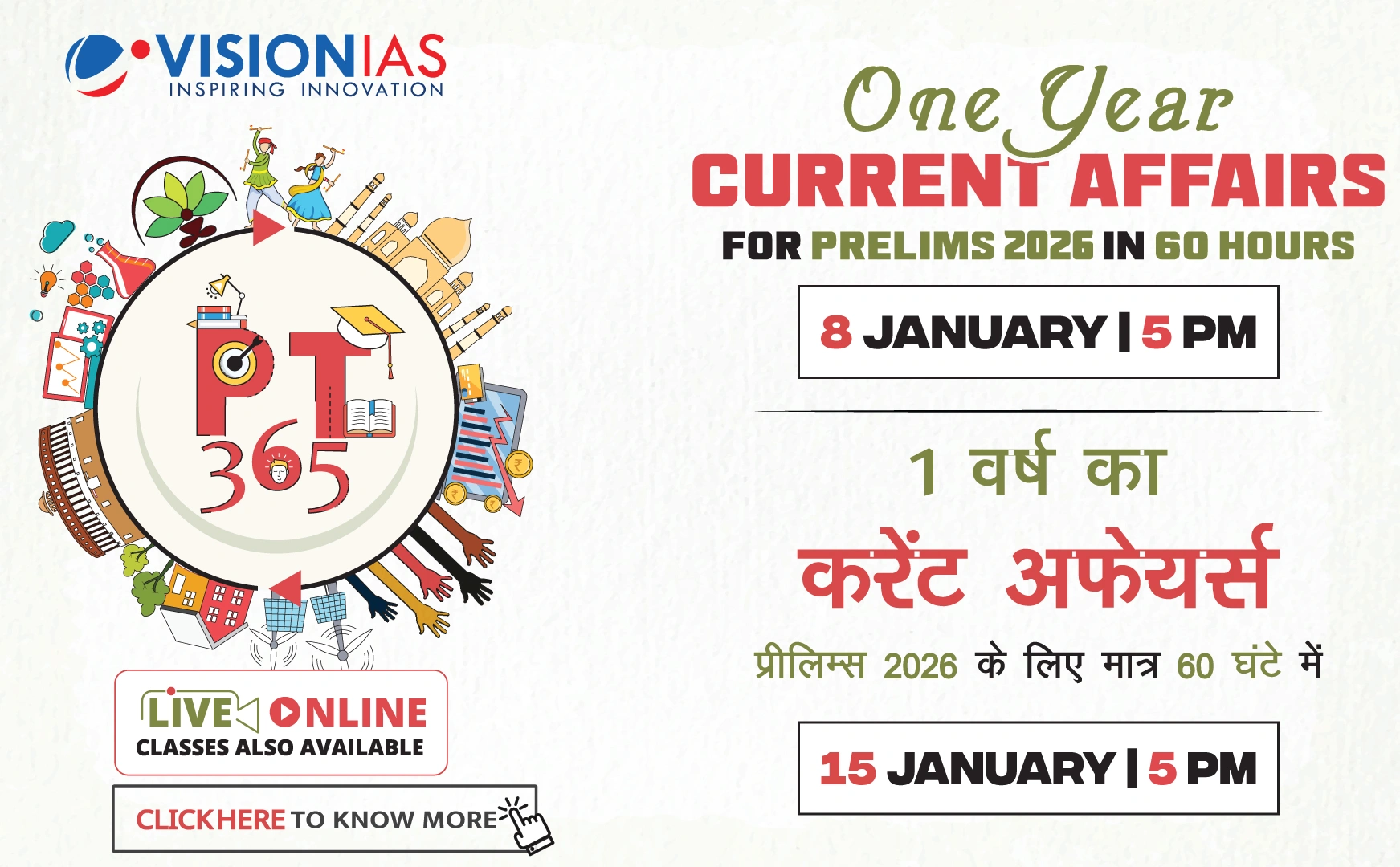Introduction to Caste Census
The decision by the Narendra Modi government to conduct a caste census alongside the next population census marks a significant shift in addressing social and political realities in India. Caste plays a crucial role in societal hierarchy, discrimination, opportunity, and social mobility.
Impact of Caste
- Influences choices in education, employment, and social rituals.
- Political magnitude as parties have historically used caste as a mobilization tool.
The Mandal Commission and Affirmative Action
The 1990 acceptance of the Mandal Commission Report brought the demands of middle castes or Other Backward Classes (OBCs) to the forefront, advocating for equitable participation through job and education quotas.
- The acceptance of the Mandal Report highlighted the deficiency of empirical caste data for policy-making.
- Politically, it has been central to Congress's agenda, especially under Rahul Gandhi.
Political Dynamics
The announcement by the Modi government can be seen as a response to Congress's plank, shifting the BJP's position on caste-centric politics.
- Historically, the BJP's stance contrasted with caste-centered politics, focusing on broader social categories.
- The decision is a strategic realignment, acknowledging caste's political relevance.
Future Implications
The caste census is expected to influence future policies and political strategies significantly.
- Designing the questionnaire and linking data to policies will be crucial steps.
- Can impact delimitation exercises, especially regarding OBC representation.
- Possibly leads to demands for extending quotas beyond the current cap of 50%.
Conclusion
The caste census is a landmark move, providing a data-driven foundation for future policies and catering to the complex social structure of India.








